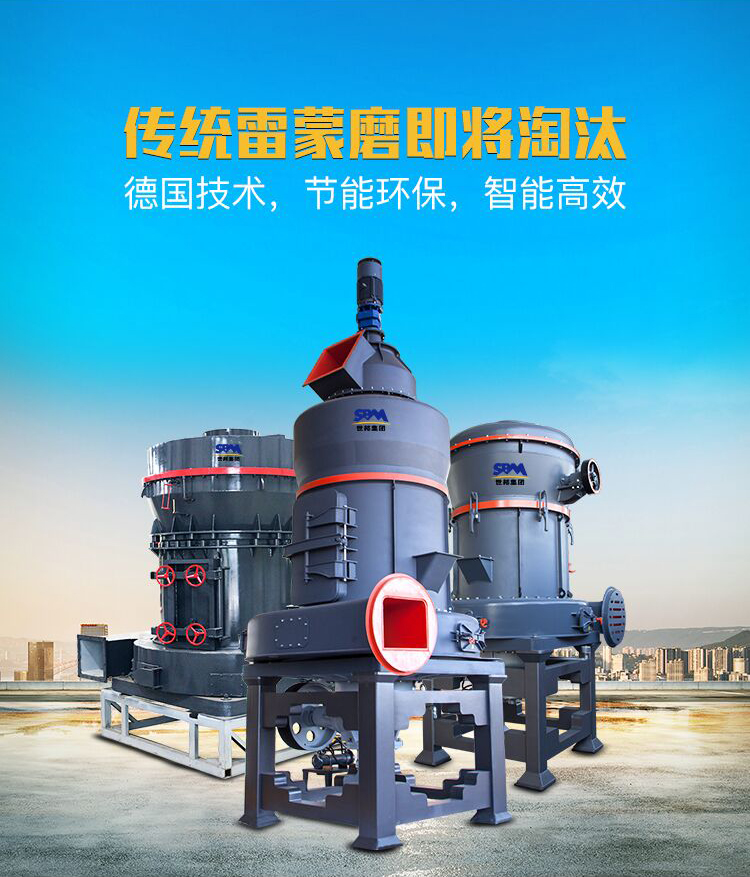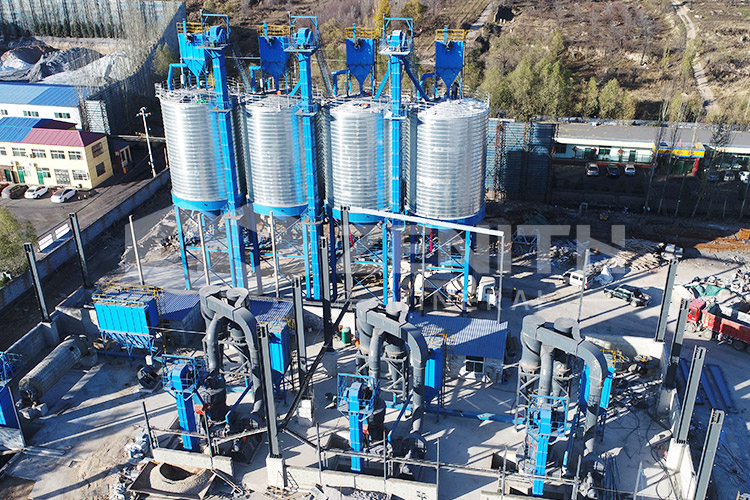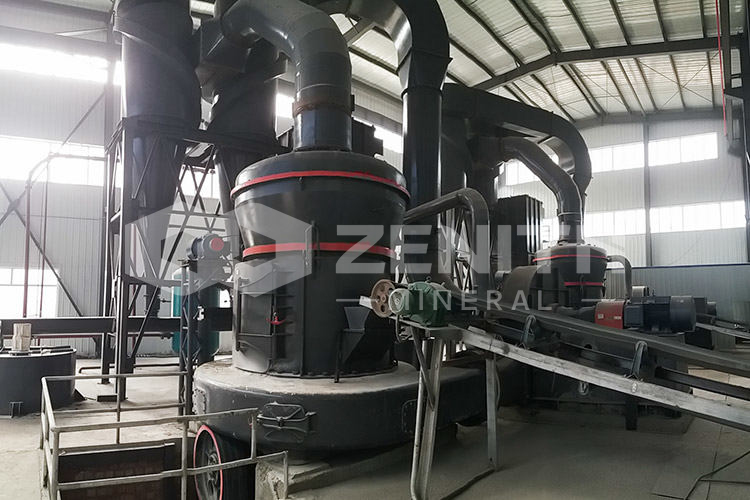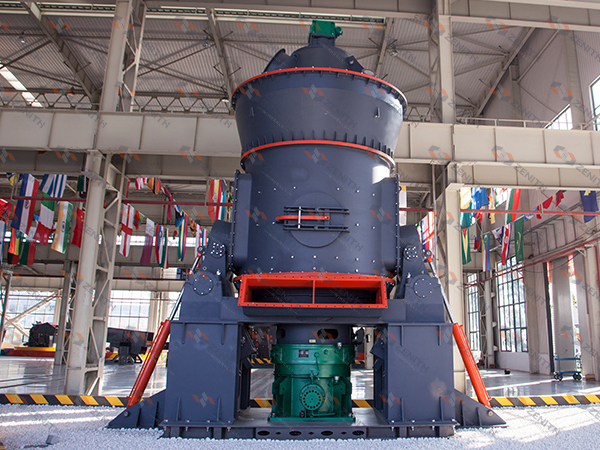Applications of quicklime grinding mill finished products: flue gas desulfurization
2025-11-08 12:25:06
In the global effort to reduce industrial emissions, flue gas desulfurization (FGD) stands as a critical process for power plants and heavy industries. The effectiveness of this process heavily depends on the quality and properties of the sorbent used, with quicklime (CaO) being one of the most prevalent choices. The journey from raw limestone to a highly reactive quicklime powder suitable for FGD begins with precision grinding—a domain where Shanghai Zenith Machinery Co., Ltd. excels with its advanced grinding solutions.
_1762575906216.jpg)
Quicklime's role in FGD is primarily through dry sorbent injection or in wet scrubbers, where it reacts with sulfur dioxide (SO₂) to form calcium sulfite or sulfate. The efficiency of this reaction is profoundly influenced by the particle size and specific surface area of the quicklime powder. Finer particles offer a larger surface area, leading to faster and more complete desulfurization reactions. Zenith's grinding mills, such as the MTW European Trapezium Mill and the MTM European Trapezium Mill, are engineered to produce fine powders within the 80-400 mesh range, which is ideal for creating highly reactive quicklime sorbents. Their energy-efficient design, consuming 60% less power than traditional ball mills, makes the entire process not only more effective but also more economical.
For large-scale continuous operations, such as those in major power stations, reliability is non-negotiable. Zenith's LM Vertical Grinding Mill is built for 24/7 operation, offering high automation and stable product quality. Its sealed, negative-pressure operation ensures no dust spillage, aligning perfectly with the environmental standards of FGD systems. The ability to control product size and chemical composition with high precision guarantees that the quicklime produced meets the strict purity requirements for effective SO₂ removal.

When even finer or more specialized quicklime products are required, Zenith's LUM Ultrafine Vertical Grinding Mill and XZM Ultrafine Grinding Mill come into play. Capable of producing powders from 325 to 3250 mesh, these mills allow for the creation of ultrafine quicklime that can achieve superior reaction kinetics in the FGD process. The XZM series, in particular, offers arbitrary fineness adjustment and is 40% more efficient than air-flow mills, providing unparalleled flexibility for FGD applications that demand specific particle size distributions.
The initial stage of preparing quicklime often involves coarse grinding of limestone before calcination. Here, Zenith's Hammer Mill proves invaluable, producing uniform 0-3mm coarse powder that is ideal for subsequent processing. This ensures a consistent feed for kilns, leading to a more uniform quicklime product. For integrated facilities, the LM-Y Vertical Pre-grinding Roller Mill offers a versatile solution, capable of handling both sand-making and grinding tasks, which streamlines the overall production workflow for FGD sorbent preparation.
_1762575906227.jpg)
While newer technologies have emerged, the Ball Mill remains a robust and adaptable workhorse in many mineral processing contexts, including the preparation of quicklime for less demanding FGD applications or for wet grinding processes. Its strong adaptability to raw materials and ability to handle both dry and wet grinding make it a versatile, though less energy-efficient, option.
Shanghai Zenith's commitment to innovation and quality is evidenced by its ISO, CE, and CU-TR certifications. With a global network spanning over 180 countries, Zenith provides not just equipment but comprehensive solutions tailored to the specific needs of the FGD industry. By selecting the appropriate Zenith grinding mill, operators can ensure their quicklime sorbent is optimally prepared, leading to higher FGD efficiency, lower operational costs, and a significant reduction in atmospheric SO₂ emissions.

Frequently Asked Questions
- What is the ideal fineness of quicklime powder for most flue gas desulfurization applications?
For most FGD applications, a fine powder between 80 and 400 mesh offers the optimal balance of reactivity and handling. Zenith's MTW and MTM series trapezium mills are perfectly suited for producing powder in this range. - How does Zenith's grinding technology contribute to lower operational costs in an FGD plant?
Our mills, like the MTW and LM series, consume up to 60% less energy than traditional ball mills. Furthermore, high automation reduces labor costs, and durable construction minimizes maintenance and downtime. - Can your mills handle the high-volume, continuous operation required by a power plant's FGD system?
Yes, models like the LM Vertical Grinding Mill are specifically designed for 24/7 continuous operation with large capacity (up to 340 T/H) and stable output, ensuring a reliable supply of sorbent. - Is it possible to adjust the fineness of the quicklime powder for different FGD process requirements?
Absolutely. Mills such as the XZM Ultrafine Grinding Mill feature adjustable classifiers that allow operators to easily change the product fineness, from 325 mesh to 2500 mesh, directly from the control panel. - How do Zenith mills ensure environmental compliance in the grinding process itself?
Our grinding systems, including the LUM and LM series, operate under negative pressure with integrated pulse dust collectors. This sealed design prevents dust spillage, contains noise, and ensures the production process itself is clean and compliant. - What kind of after-sales support and service does Zenith offer for its grinding equipment?
With overseas offices in over 30 countries and a marketing network covering 180+ regions, Zenith provides comprehensive technical support, spare parts supply, and maintenance services to ensure optimal performance throughout the equipment's lifecycle. - Which mill would you recommend for producing both coarse quicklime for other uses and fine powder for FGD?
The LM-Y Vertical Pre-grinding Roller Mill is an excellent choice for its versatility. It can produce <5mm coarse powder for other industrial uses and also be integrated into a system for producing the fine powder required for FGD.








